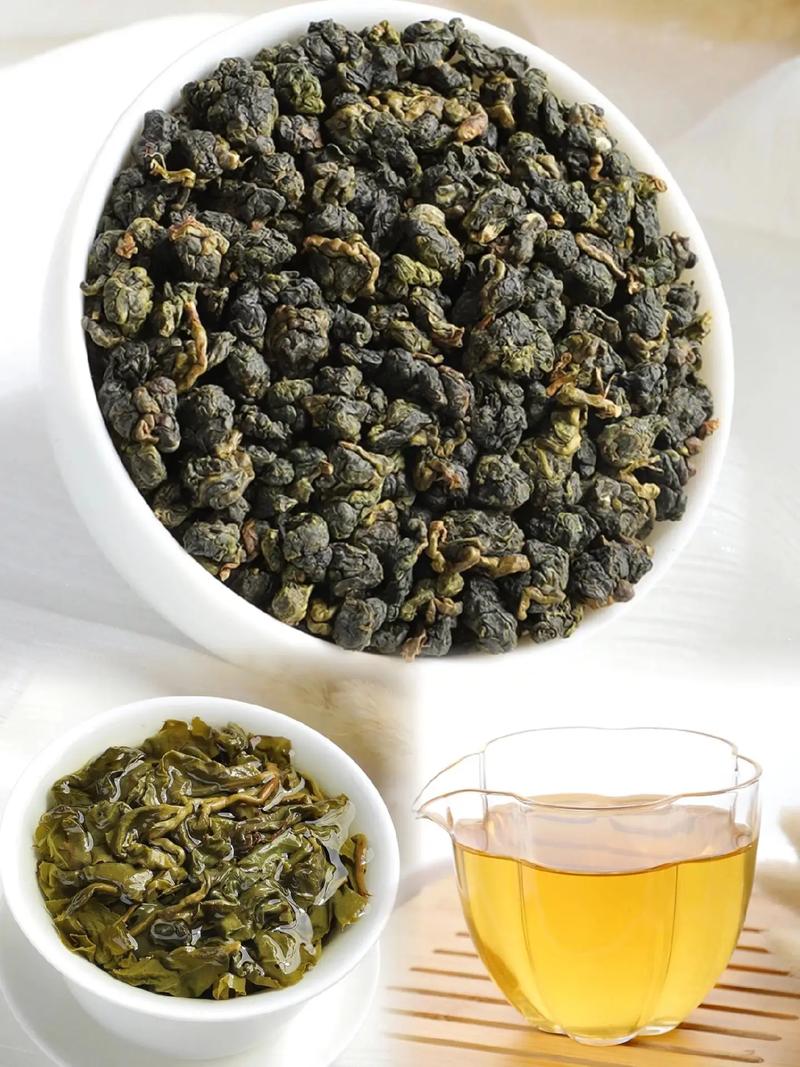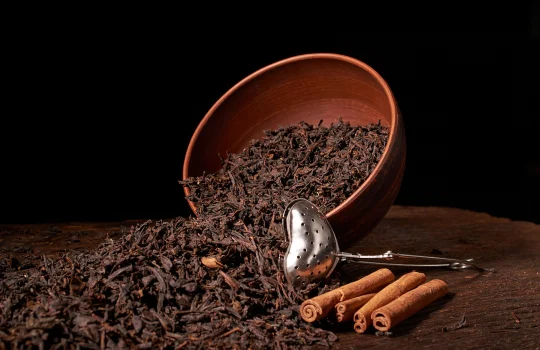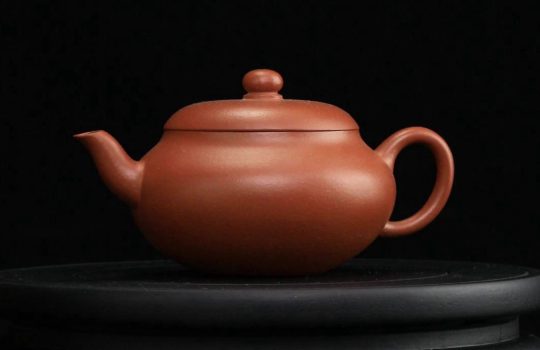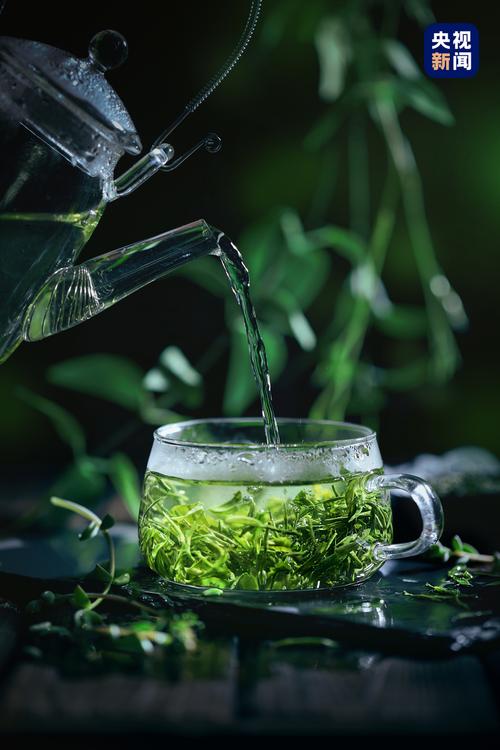Detailed introduction to Dongding Oolong Tea, storage methods, and its benefits and effects.

Dongding Oolong Origin: Lugu Township, Nantou County, Taiwan Province, China.
Quality Characteristics: Dry tea is curled into a semi-spherical shape, with tightly twisted and heavy strands, a dark green or sandy green colour, and a lustrous and vibrant appearance.
Tea Colour: Golden yellow and bright.
Aroma: Delicate, with notes of osmanthus and caramel.
Taste: Sweet, rich, and full-bodied with a strong aftertaste.
Leaf base: Light green, uniform, with green leaves and pale red edges.
Overview of Dongding Oolong
Dongding refers to Dongding Mountain, a mountain near Lugu in Taiwan Province, China. Due to frequent fog, muddy roads, and steep slopes in the early days, people had to ‘freeze’ their toes to prevent slipping when climbing the mountain. The summit is called Dongding, and the base is called Dongjiao. The tea grown on Dongding Mountain is known as Dongding Oolong Tea. Dongding Oolong is a lightly fermented Oolong tea, blending the essence of the mountains and the earth, meticulously crafted through professional techniques. It is not only a naturally delicious beverage but also excels in health and wellness benefits. Its harvesting and processing methods are highly refined, making it deeply beloved by tea enthusiasts.
The tasting experience of Dongding Oolong
It has the aroma of osmanthus, caramel, or ripe fruit, with a sweet, fresh, and delicious taste, and a strong aftertaste.
Tasting Dongding Oolong
Authentic Dongding Oolong tea has a robust aftertaste, with a distinct artificial roasted aroma and flavour, leaving a lingering and elegant aftertaste. Dongding Oolong tea aged within 7 years has a prominent ‘green leaves with red edges’ characteristic, with the red portion accounting for approximately one-third. Teas aged for longer periods have a darker colour, and the tea broth has a ripe fruit aroma, reminiscent of the fragrance of ripe peaches, apples, or kiwis.
Storage Methods for Dongding Oolong Tea
The basic requirements for storing Dongding Oolong tea are: first, it must be kept dry; second, it must be stored at a low temperature (generally 0-5°C is suitable). In summer, sealed Dongding Oolong tea can be stored in the refrigerator or kept in a dry, cool place. Dongding Oolong Tea should not be stored in the same tea canister as other teas, nor should it be stored with objects that have strong odours. It should be stored separately to preserve its unique aroma and intrinsic quality.
The Benefits of Dongding Oolong Tea
1. Dongding Oolong Tea has the benefits of clearing heat and reducing fire, preventing tooth decay, and alleviating the effects of smoking and alcohol consumption.
2. Dongding Oolong tea promotes the breakdown of fats in the blood and reduces cholesterol levels. Research has shown that regular consumption of Dongding Oolong tea has a positive effect on patients with hyperlipidaemia and hypertension.
3. In addition to the general health benefits of tea, Taiwanese Dongding Oolong tea also has anti-cancer, anti-atherosclerosis, weight loss, and fitness benefits.
4. Additionally, Dongding Oolong Tea has anti-tumour properties, enhances lymphocyte activation, strengthens immune function, and helps prevent ageing. Experts have discovered that the polyphenols in Oolong Tea can adsorb foreign substances in the body and expel them.
The Story and Origin of Dongding Oolong Tea
It is said that Dongding Oolong Tea was developed by a Taiwanese man named Lin Fengchi, who brought tea seedlings from Wuyishan in Fujian Province back to Taiwan for cultivation. Lin Fengchi was originally from Fujian. One year, he heard that Fujian was holding imperial examinations and wanted to participate, but his family was too poor to afford the travel expenses. However, he was intelligent and eager to learn, so the villagers generously donated funds for his journey. Before he departed, the villagers told him, ‘When you arrive in Fujian, be sure to visit your ancestral relatives and convey the villagers’ regards from Taiwan.’ After the examination, Lin Fengchi passed and became a juren (a degree holder in the imperial examination system). Several years later, when he returned to Taiwan to visit his family, he brought back 36 oolong tea saplings and planted them on Dongding Mountain in Lugu Township, Nantou County. After careful cultivation and propagation, he established a tea garden, and the tea produced there was fragrant and delicious. Later, Lin Fengchi was summoned to the capital and presented this tea to Emperor Daoguang. After tasting it, the emperor praised it as excellent tea. Since the tea was produced on Dongding Mountain in Taiwan, it was named Dongding Tea. From then on, Taiwanese oolong tea was also known as ‘Dongding Oolong Tea.’



